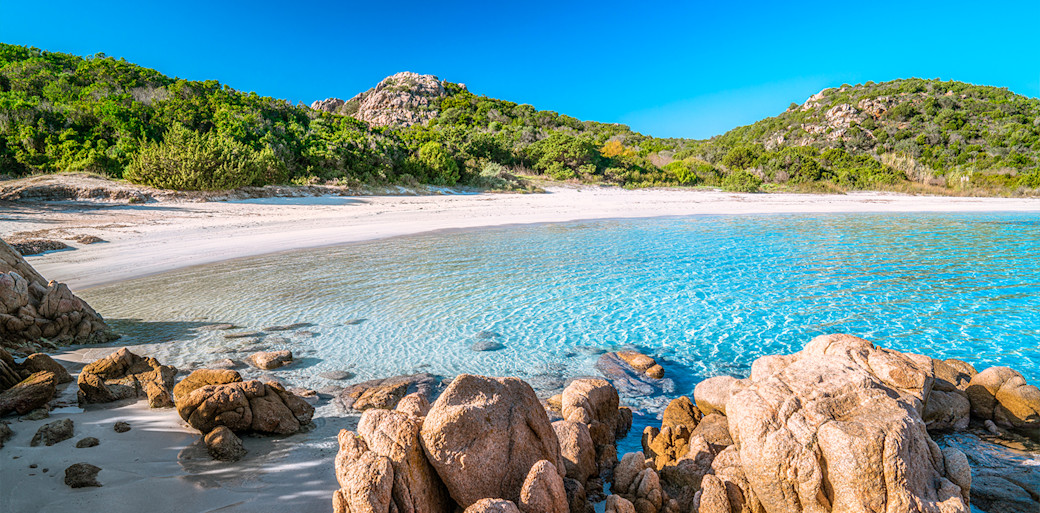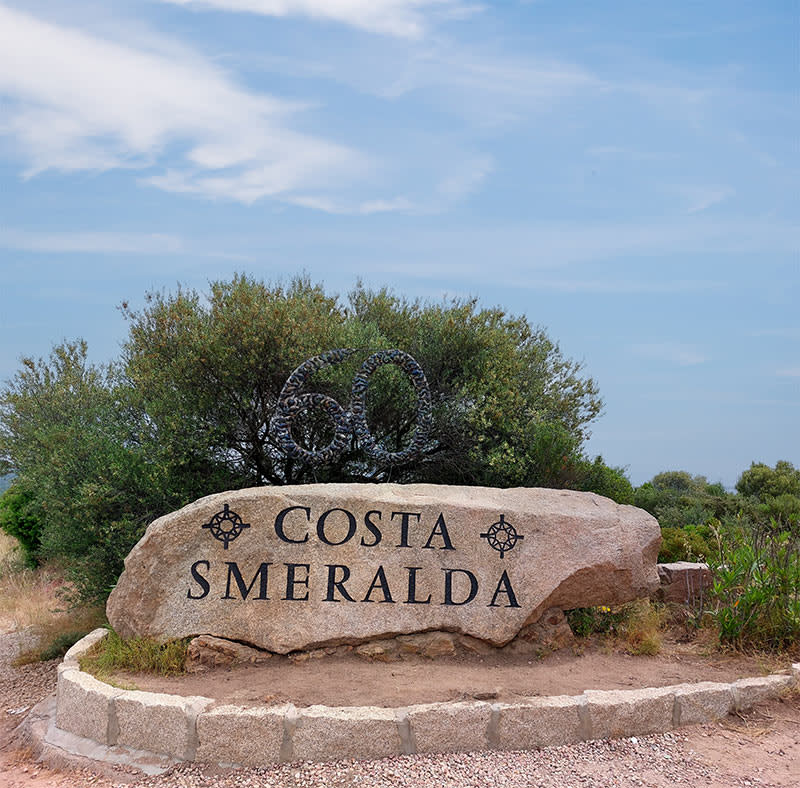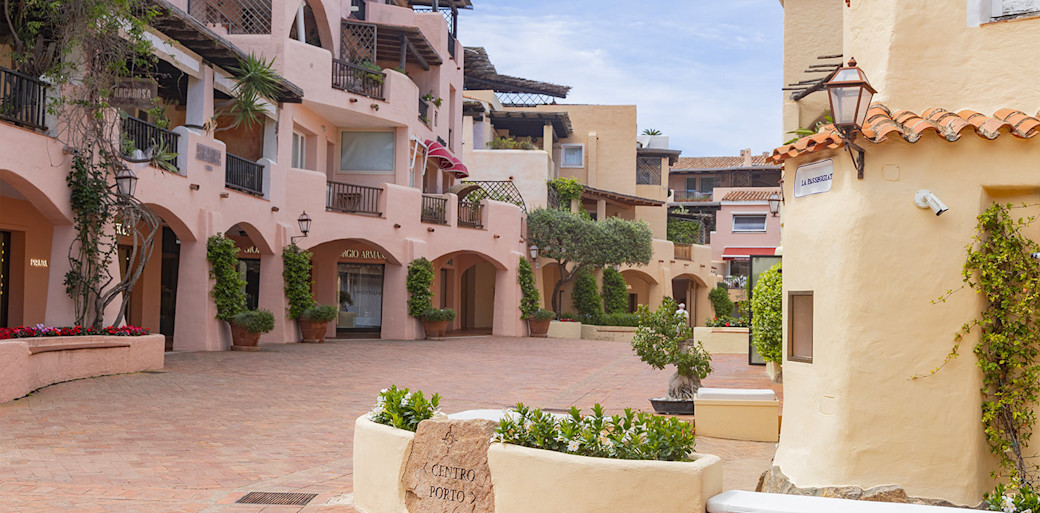Karim Aga Khan IV and the birth of Costa Smeralda
A journey of discovery of this wonderful land
Karim. The Aga Khan. He was the one who invented the Emerald Coast. We owe him a lot: he created a new way of tourism, respecting the environment and nature, building a paradise where there were only rocks and a wonderful sea.
A brilliant Harvard student, handsome, his grandfather chose him as his successor, preferring him to his father, and he became Imam of the Ismalite Nizarite Muslims. It is the 1950s and in those years he begins his most ambitious project, the Emerald Coast. Even today it is still na of the most exclusive and frequented destinations in the Mediterranean, an earthly paradise that has welcomed the international jet set for more than 60 years. In this strip of coastline, located in the northeastern portion of the island, just over 50 kilometers long, among crystal-clear waters, pristine beaches and large portions of Mediterranean scrubland are found some of the most luxurious hotels in the world, but it was not always so, once this territory was one of the least populated in Sardinia, a poor area where life flowed slowly between pastures and nature.
Let's go together on a journey to discover the history of the Emerald Coast.
 Spiaggia del Principe
Spiaggia del PrincipeJohn Duncan Miller, landing in paradise
In the late 1950s, John Duncan Miller, a prominent English financier, sailed his boat to the coast of northeastern Sardinia, then known as Monti di Mola, finding an earthly paradise waiting for him. Upon his return to London, Miller began telling friends and acquaintances about it, inviting them to visit that enchanting and wild area, a corner of the Caribbean so close to the Old World. Among Miller's acquaintances is Prince Karim Aga Khan, imam of the Ismalite Nizarite Muslims, the man who, along with other wealthy people, will give birth to what we know today as the Emerald Coast.
Aga Khan, first glimpse into the future
A short time later, Prince Aga Khan deicide to visit the place. “I arrived in Porto Cervo with four or five friends, on a 12-meter boat. There was nothing there. It was the first time I saw the Costa Smeralda during the summer. I wanted to see a small piece of land I had bought,” he says in one of his first interviews with the Italian press. His idea is very clear, he wants to buy the land that winds through creeks and Mediterranean maquis in this region and turn it into a luxury tourist paradise. In this area, still known by the name of Monti di Mola, there are no roads, no water and no electric light, but with the beginning of the buying and selling of the land, until then owned by a few families in the area, the process of changing this portion of the island begins.
March 14, 1962, the birth of the Consortium
On March 14, 1962, in Olbia, Aga Khan, Miller, Patrick Guinnes, Felix Bigio, Andrè Ardoin and René Podbielski formed the Costa Smeralda Consortium, which declared the acquisition of 1,800 hectares of land between Liscia di Vacca, Porto Cervo, Cala di Volpe and Capriccioli, with the aim of controlling and governing the urban, architectural and territorial development of the region and opposing all kinds of building speculation. In addition, at the same time the Architecture Committee was born, in which Aga Khan invited some of the best architects of the time: Luigi Vietti, Jacques Couëlle, Michele Busiri Vici and Antonio Simon Mossa. The project was ambitious, but the foundation stone was now laid.
 La roccia della Costa Smeralda
La roccia della Costa SmeraldaRespect and Future, the two pillars of the project
The two pillars on which the Consortium's project was based were, Respect for nature and places and the Future, toward which they wanted to project that still little-known region. Work began immediately and focused initially on the construction of roads, power grid and water, then on the construction of unique structures, entrusted to the skilful hands of the Committee's architects. Among the first buildings to be completed was the Hotel Cala di Volpe, designed by Jacques Couelle and still one of the iconic sites of the Costa Smeralda, but also the town of Porto Cervo, the nerve center of the area. Porto Cervo located in an inlet sheltered from the winds, was the brainchild of Luigi Vietti and completed in 1964. Aga Khan's ambitious urban plan traveled with full sails and saw the construction of many villas and hotels, among which we cannot fail to mention Hotel Cervo and Hotel Ramazzino. In addition, the Olbia airport was also reopened and expanded, which was renamed Olbia-Costa Smeralda for the occasion, and the Alisarda airline was founded. All this was done following precise guidelines provided by the Consortium, which aimed at respecting the environment and maintaining a distinct identity for the place, which did not deviate too much from its Mediterranean nature and Sardinian history, as evidenced by the materials and colors used in the construction of the buildings.
Emerald coast and VIPs, a winning combination
From the very beginning, the Costa Smeralda became a center of attraction for the international jet set, quickly becoming the buen retiro of high society and VIPs. Luxury and exclusivity made this one of the most popular destinations, and within a few years the port of Porto Cervo became one of the best known in the Mediterranean, while the Yacht Club Costa Smeralda grew in prestige and fame. From the early 1970s onward, the Costa Smeralda became the stage for the world's most famous people, and its beaches were being plowed by heads of state, supermodels, actors and rock stars from around the world. This corner of paradise had become the center of luxury in just a few years, the Aga Khan's dream had come true, and this little “elite enclave” was sailing full sail into the future.
 Piazzetta di Porto Cervo (ph. Dario Garofalo)
Piazzetta di Porto Cervo (ph. Dario Garofalo)






